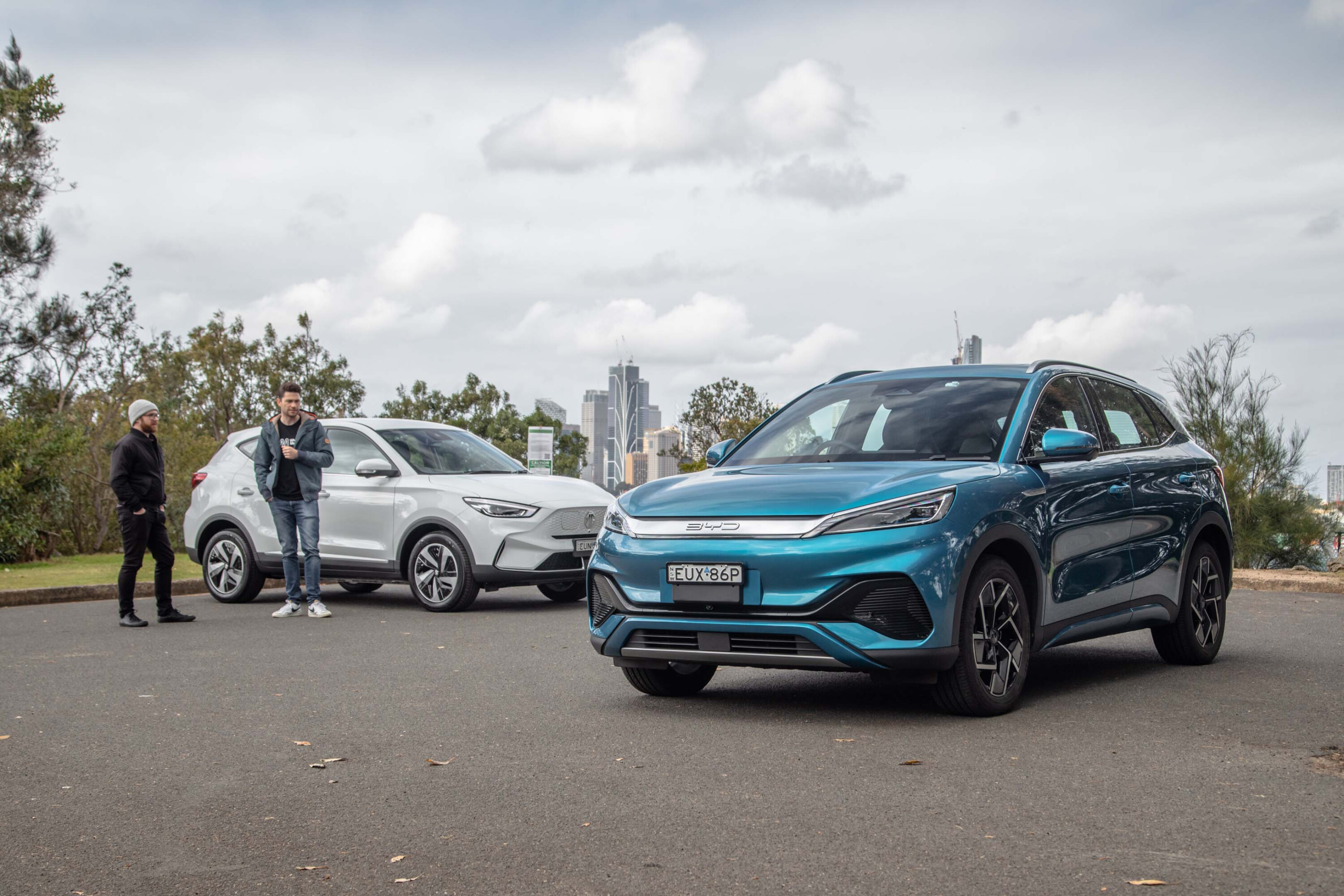
Is it time to switch to an electric car?
Snapshot
- EVs are significantly cheaper to own than ICE over time
- Depreciation and insurance arenu2019t so EV-friendly
- There are valid concerns, but EVs are more than sufficient for most
It’s a hot-topic question.
Indeed, the growing interest in electric vehicles is being demonstrated by increasing sales – mainly led by the strong supply and value equation Tesla and BYD models – alongside new EV options reaching the Australian market that are driving down prices.
With more models to choose from and expanding national charging infrastructure, should your next car be all-electric?
Finally, for many buyers, the answer is probably “yes”… with some caveats.
JUMP AHEAD
- ?? Current state of EVs
- ? Purchase price & depreciation
- ? Running costs
- ? Insurance
- ? Cost of ownership
- ? Other EV concerns
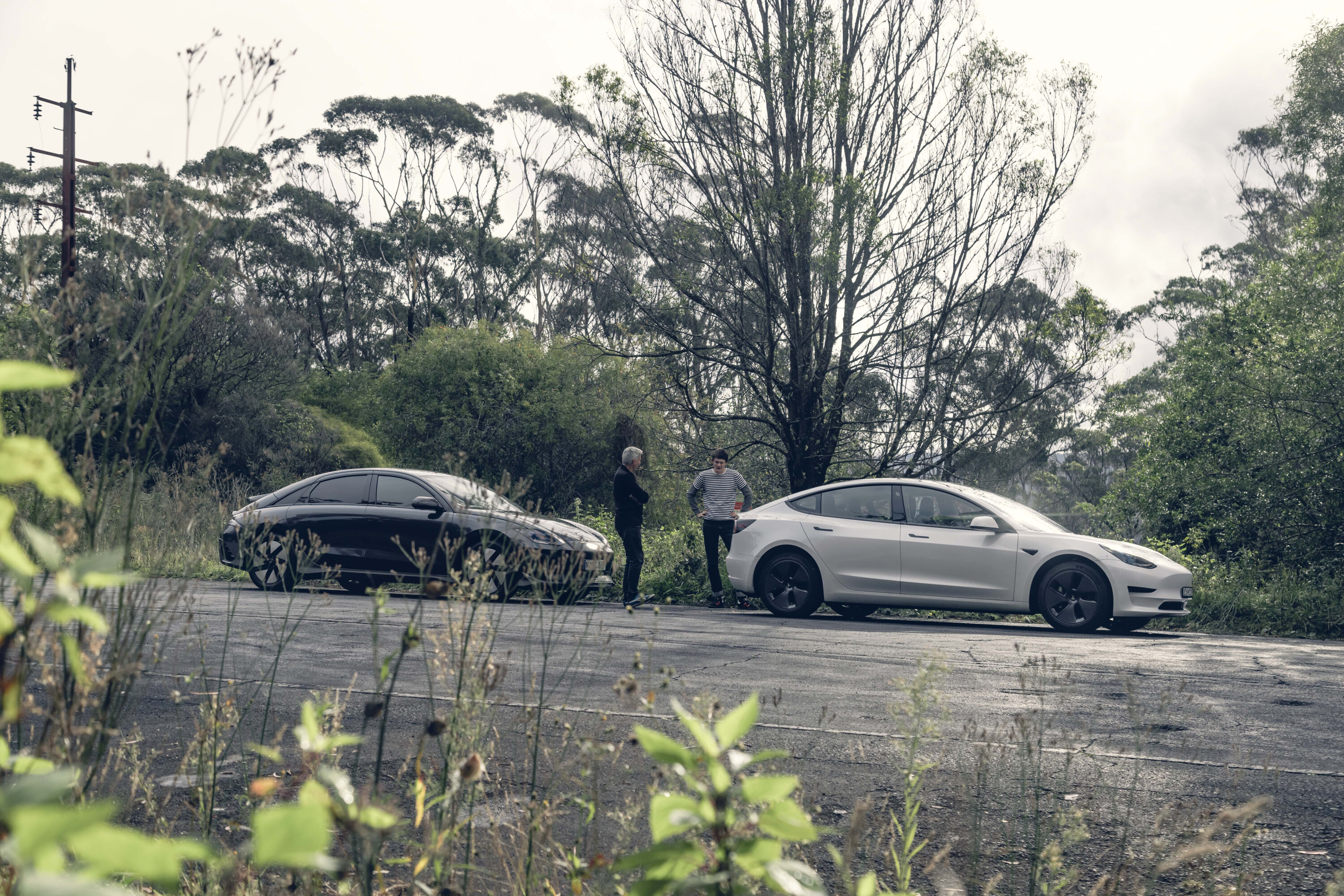
?? The current state of EVs in Australia
So far in 2023, a total of 56,922 electric vehicles have been sold in Australia to the end of August.
That’s almost quadrupled compared to the same period last year – and is now the third best-selling powertrain behind petrol and diesel.
Yet, it’s still small bikkies in a total annual new car market of a million-plus – despite ongoing supply shortages and shipping delays.
Even with Tesla’s volume success with the Model 3 sedan and Model Y SUV, the market share of new electric car sales is still minuscule at around seven per cent.
None of this is especially surprising given, depending on your circumstances, there’s not too many ‘cheap’ EVs.
Times are changing though, with Chinese-made electric models, such as the MG 4, BYD Dolphin and GWM Ora electric hatches starting from below $40K, and MG ZS EV and BYD Atto 3 SUVs from around $50K.
It’s worth pointing out that traditional internal combustion engine (ICE) vehicles have crept up their starting prices in today’s inflated and supply-constrained market, alongside more standard features and safety equipment.
Therefore, the gap is narrowing or, in the case of the aforementioned models, on par with comparable petrol-powered models.
Even with increasing electricity and fuel prices, EVs still have the critical advantage of lower running costs.
Sourcing power from a household outlet is just more convenient if you adopt a charge-overnight regimen; it’s substantially cheaper on a per-kilometre basis than petrol and diesel.
Servicing is simpler, mostly more affordable and sometimes less frequent, too.
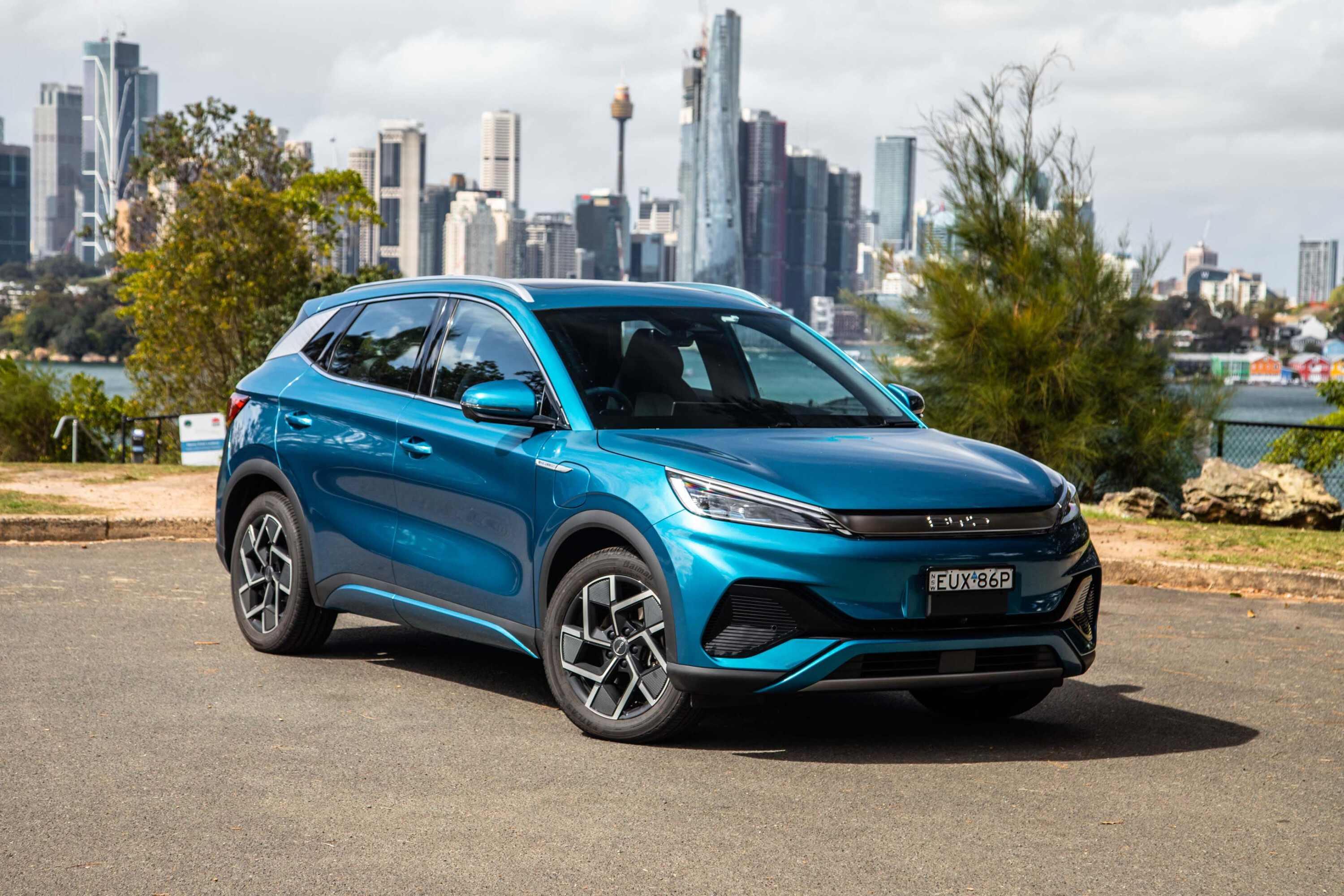
But which one makes more sense in the long term – petrol or electric? We’ve crunched the numbers in an attempt to settle this argument.
One of the most affordable electric SUVs on sale in Australia is the popular BYD Atto 3 Standard Range, which is priced from $48,011 before on-road costs and incentives. It’s in line with the high-spec Mazda CX-30 G25 Astina in front-wheel drive guise, which costs from $43,710 before on-roads as at the time of publication.
Both are five-door small SUV-styled crossovers, both are well-specified, and both aim to capture buyers who want practicality without choosing a medium SUV.
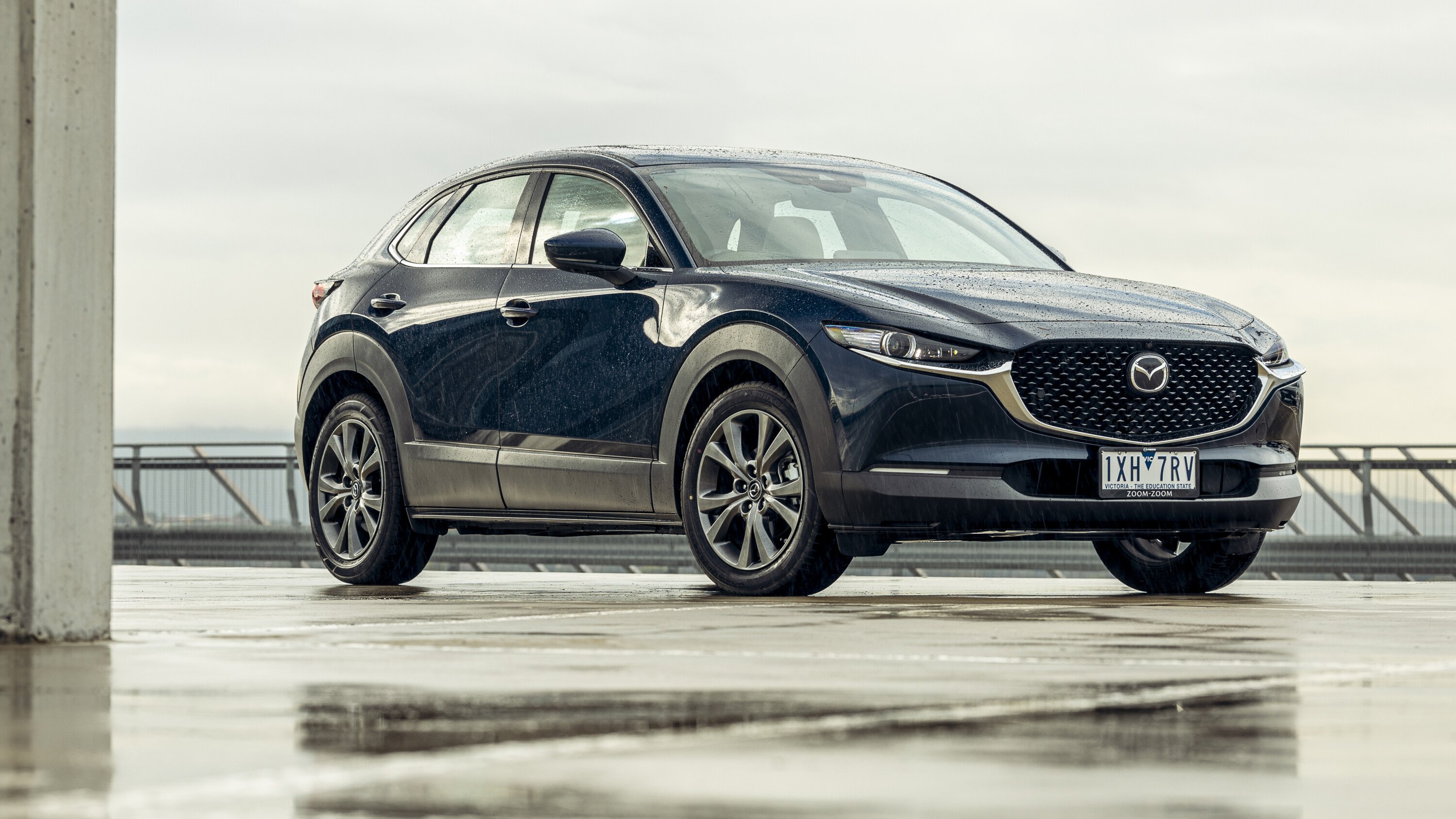
? Purchase price and depreciation
Snapshot
- The petrol SUV is cheaper to buy than the electric model (but not in all cases)
- EVs are currently harder hit by depreciation
- Depreciation tables could soon turn, fuel-powered cars to be seen as outdated
| 2023 Mazda CX-30 G25 Astina FWDu00a0 | 2023 BYD Atto 3 Standard Range | |
|---|---|---|
| Purchase price | $43,710 | $48,011 |
| Estimated trade-in resale value after five years | ~$29,000* | ~$25,000* |
| Estimated depreciation | ~34%* | ~48%* |
| *Minimum dealer trade-in value estimated and extrapolated from Redbook data. Assumes 15,000km to 25,000km driven per year. The figures in this story serve as a rough guide only since residual values fluctuate. | ||
From the outset, the petrol-engined small SUV has the advantage of $4301 saved (excluding on-road costs) before it’s even rolled into your driveway.
Why the discrepancy? All of those raw materials in its battery pack are quite expensive.
With its modest 49.92kWh usable pack, the BYD still needs lots of them – despite using the more affordable and less contentious lithium-iron-phosphate (LFP) cathode.
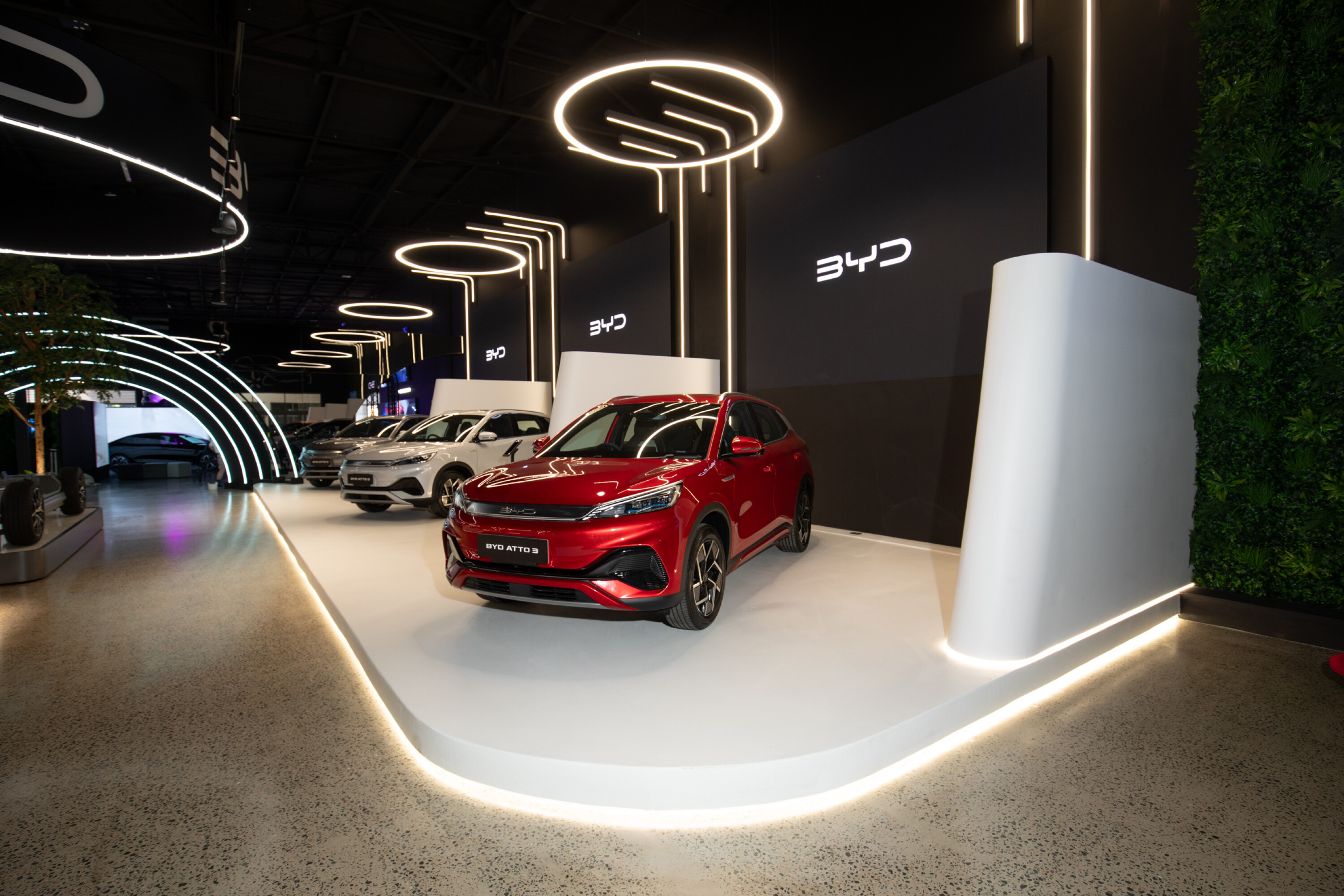
However, based on current Redbook data, while both SUVs have a similar resale value today, the BYD does take a harder depreciation hit than the popular Mazda.
That’s mainly because EV technology and the repairs market is still developing. BYD – including local distributor EVDirect – doesn’t have a long track record for reliability, and its perceived brand reputation is relatively nascent in Australia, too.
Over time, the depreciation tables could turn, with EVs becoming more mainstream and ICE cars seen as ‘outdated’ in the next five years – backed by government public policies.
It’s important to note that these are only rough guideline figures of how car dealerships assess reasonable values on traded-in vehicles.
Evaluations are based on the brand’s historical performance and demand in the new and used market. If you’re selling privately, the resale price may fare better.
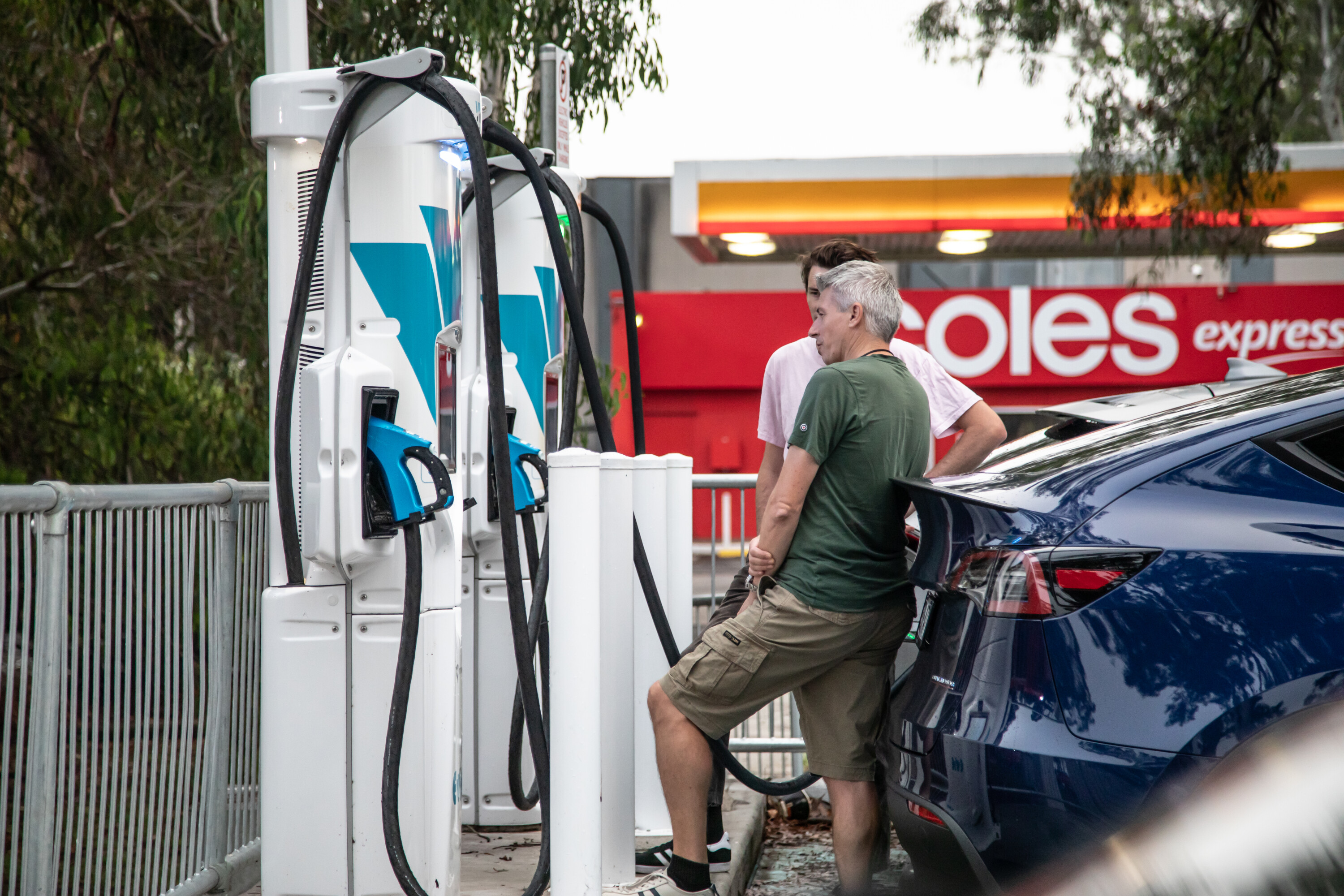
? Running costs
Snapshot
- EVs are much cheaper to run, especially at home
- The more you drive, the more money you save u2013 despite rising electricity and fuel costs
- Servicing cost savings (or lack thereof) vary brand-by-brand
| Fuel/electricity running costs | 2023 Mazda CX-30 G25 Astina FWDu00a0 | 2023 BYD Atto 3 Standard Range |
|---|---|---|
| Per 100km | $13.20* | $4.35** |
| Per year (12,100km) | $1597* | $526** |
| After five years (60,500km) | $7985* | $2630** |
| *Assumes 94 E10 unleaded petrol at $2.00 per litre | ||
| **Assumes overnight home electricity rate at $0.30 per kWh (excludes charging losses, using solar energy, or any dedicated ultra-low charging tariff) | ||
According to the Australian Bureau of Statistics [↗], the average Australian drives 12,100km per year.
The Mazda CX-30 G25 Astina FWD has a claimed average combined fuel consumption of 6.6L/100km, while the electric BYD Atto 3 has a claimed energy consumption of 14.5kWh/100km.
Fuel and electricity prices vary from state-to-state and constantly fluctuate, but with the assumptions above, going electric could theoretically save $5355 in running expenses after driving 60,500km.
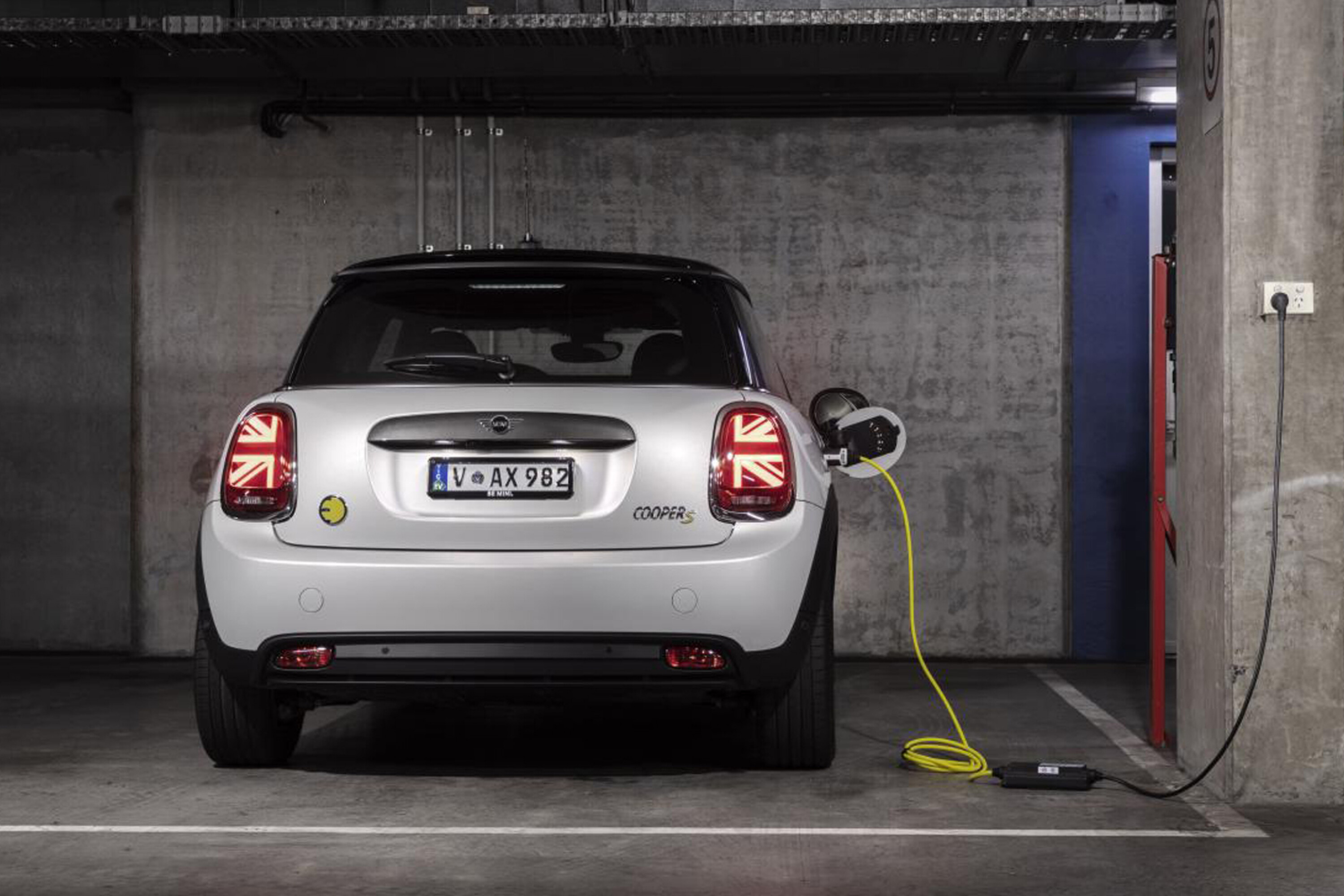
If you can take advantage of a solar panel system, recharging your electric car can be free during the day or even at night when paired with a home battery storage system. After all, Australia has one of the highest solar installations and sun exposures globally – which further reduces lifetime emissions.
However, if you can’t conveniently charge at home, plugging-in a standard 50kW public DC fast charger that costs $0.50 per kWh means the Atto 3 costs $4386 to travel 60,500km – which is still cheaper than putting in petrol.
To Victorians…
Victorian-registered EV owners also need to pay a mandatory road user charge based on distance travelled per year.
This means, a BYD Atto 3 owner driving 12,100km in a year will need to pay the state government $339 under the latest 2023-24 rate. The EV tax is indexed based on inflation per financial year, so it’ll likely increase further.
However, the Mazda CX-30 is not immune. All fuel-powered vehicles in Australia are subject to an excise tax imposed by the federal government, which is included in every fuel payment.
Driving the same distance at the current August 2023 rate means it’ll cost around $390. The tariff is also indexed, but twice every year in February and August.
| Capped-price servicing costs | 2023 Mazda CX-30 G25 Astina FWDu00a0 | 2023 BYD Atto 3 Standard Range | |
|---|---|---|---|
| 1 year/10,000km | $341 | 1 year/20,000km | $189 |
| 2 years/20,000km | $388 | 2 years/40,000km | $370 |
| 3 years/30,000km | $341 | 3 years/60,000km | $189 |
| 4 years/40,000km | $388 | 4 years/80,000km | $447 |
| 5 years/50,000km | $341 | 5 years/100,000km | $189 |
| Totals | $1799 | $1384 |
But, there’s maintenance to factor in running costs, too.
The petrol-powered CX-30 needs servicing every 12 months/10,000km – averaging to $360 per visit for the first five services.
Meanwhile, the electric Atto 3 needs maintenance every 12 months/20,000km – averaging to $277 per visit for the first five services.
In this comparison, the EV option has the benefit of longer distance servicing intervals and benefits from a $415 saving after five years, if you don’t travel beyond 10,000 kilometres annually.
Servicing interval requirements and capped prices vary depending on the car brand. In some cases, the EV may have similar costs and intervals to a comparable ICE model.
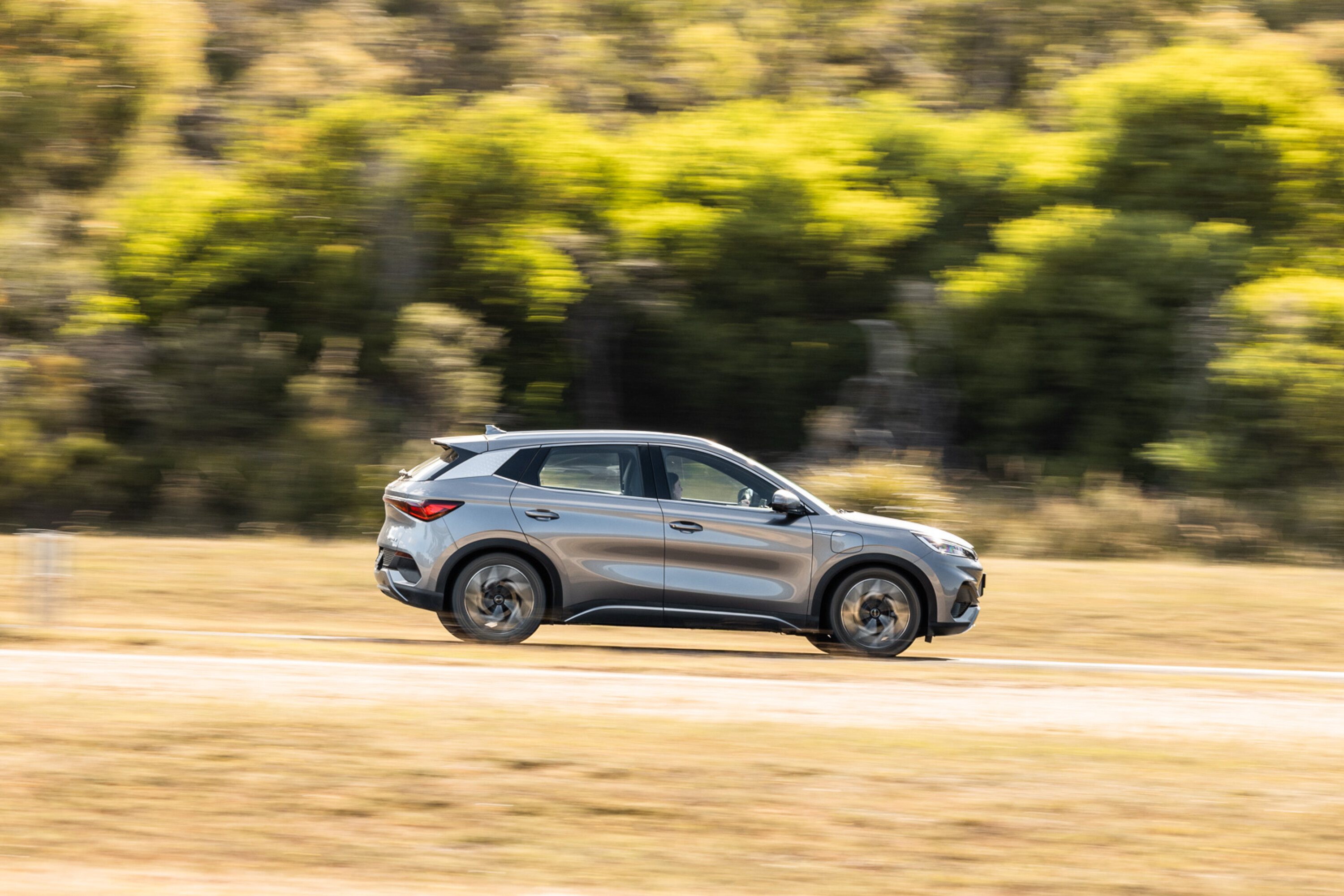
? Insurance
Snapshot
- EVs are generally more expensive to insure
- Emerging tech, higher price tag means higher premium
- Lower electric running costs help offset it
| 2023 Mazda CX-30 G25 Astina FWDu00a0 | 2023 BYD Atto 3 Standard Range | |
|---|---|---|
| NRMA | $1458* | $2060* |
| Budget Direct | $1715* | $2307* |
| Bingle | $1028** | $1125** |
| *Annual comprehensive car insurance based on $850 excess, no extras and market value coverage (quoted on 15 September 2023). Assumes a 30 year-old female in Sydney, with a garaged address, clean driving record, and drives up to 15,000km per year. | ||
| **Excess is $895, as the closest option available | ||
After finance and fuel, insuring your car is another big impost – and one that’s ignored at your peril.
With the assumptions above, we’ve listed three insurance providers – the state motoring club, a more popular insurer, and a budget-orientated offering.
On average, the petrol-engined top-spec CX-30 has a $1401 annual premium, whereas the electric Atto 3 costs $1831 to fully insure.
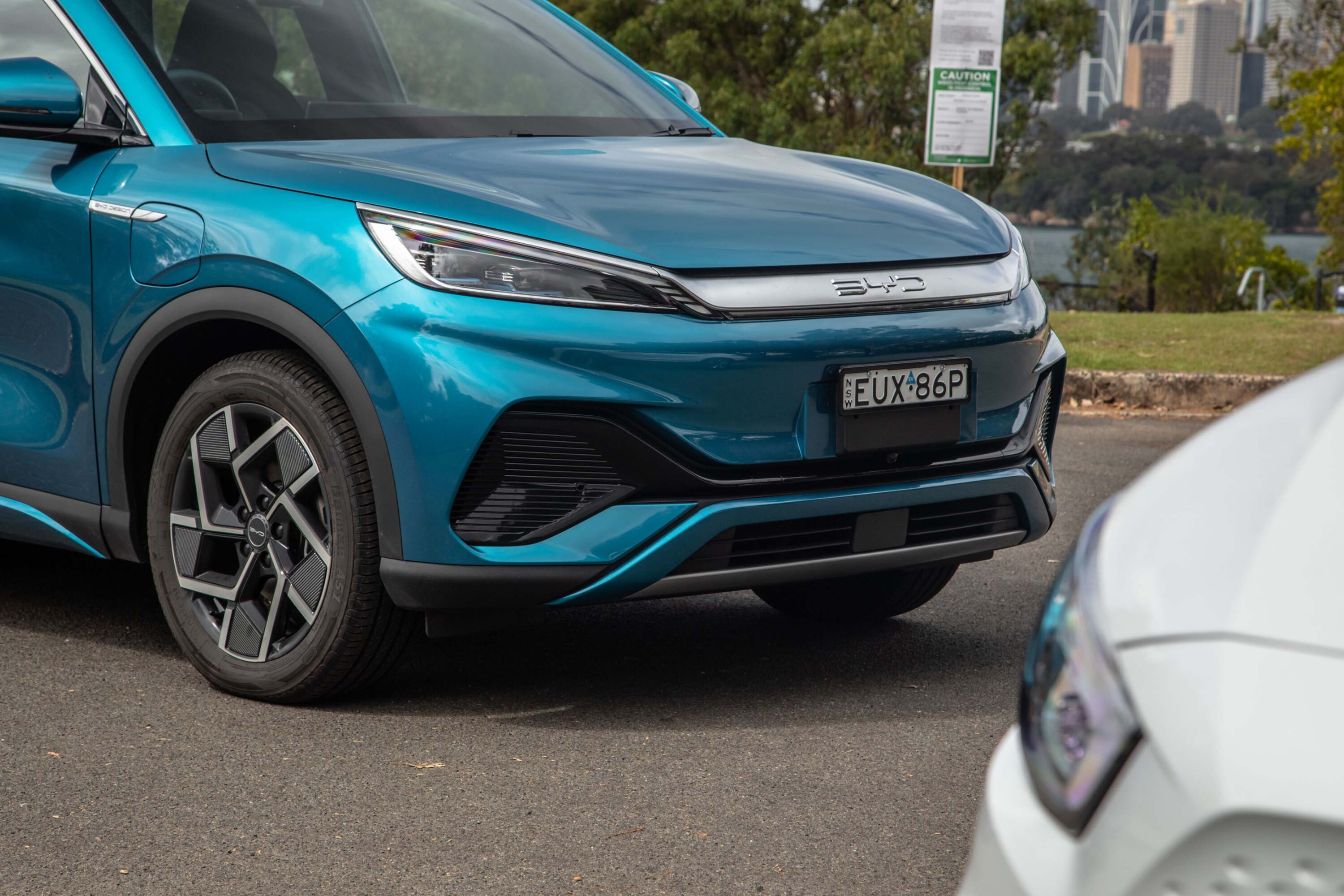
? Overall ownership cost breakdown
Snapshot
- EVs are much cheaper to own, but should ideally be charged at home
- The more you drive, the more money you save
- ‘Break even’ point could be earlier depending on the model, how you drive and charge
ICE vs EV: Five-year total cost-of-ownership comparison
| 2023 Mazda CX-30 G25 Astina FWD | 2023 BYD Atto 3 Standard Range | |
|---|---|---|
| Purchase price when new (excludes on-road costs) | $43,710 | $48,011 |
| Running costs (fuel/electricity + servicing + insurance) after five years | + $16,789* | + $13,169* |
| Estimated trade-in resale value after five years | – ~$29,000 | – ~$25,000 |
| Estimated total cost of ownership after five years | = $31,499 | = $36,180 |
| *Refer above for assumptions | ||
For the first five years of ownership, the BYD Atto 3 saves owners around 22 per cent in running costs alone compared to the Mazda CX-30.
If you don’t intend to sell after five years, just based on running costs alone, it’ll take about five years to recoup the $4301 price premium for choosing the electric SUV.
For some, it might be easy enough to stomach owning a quiet electric car, getting rid of one less pollutant on our roads and having the thrills of instant torque anytime.
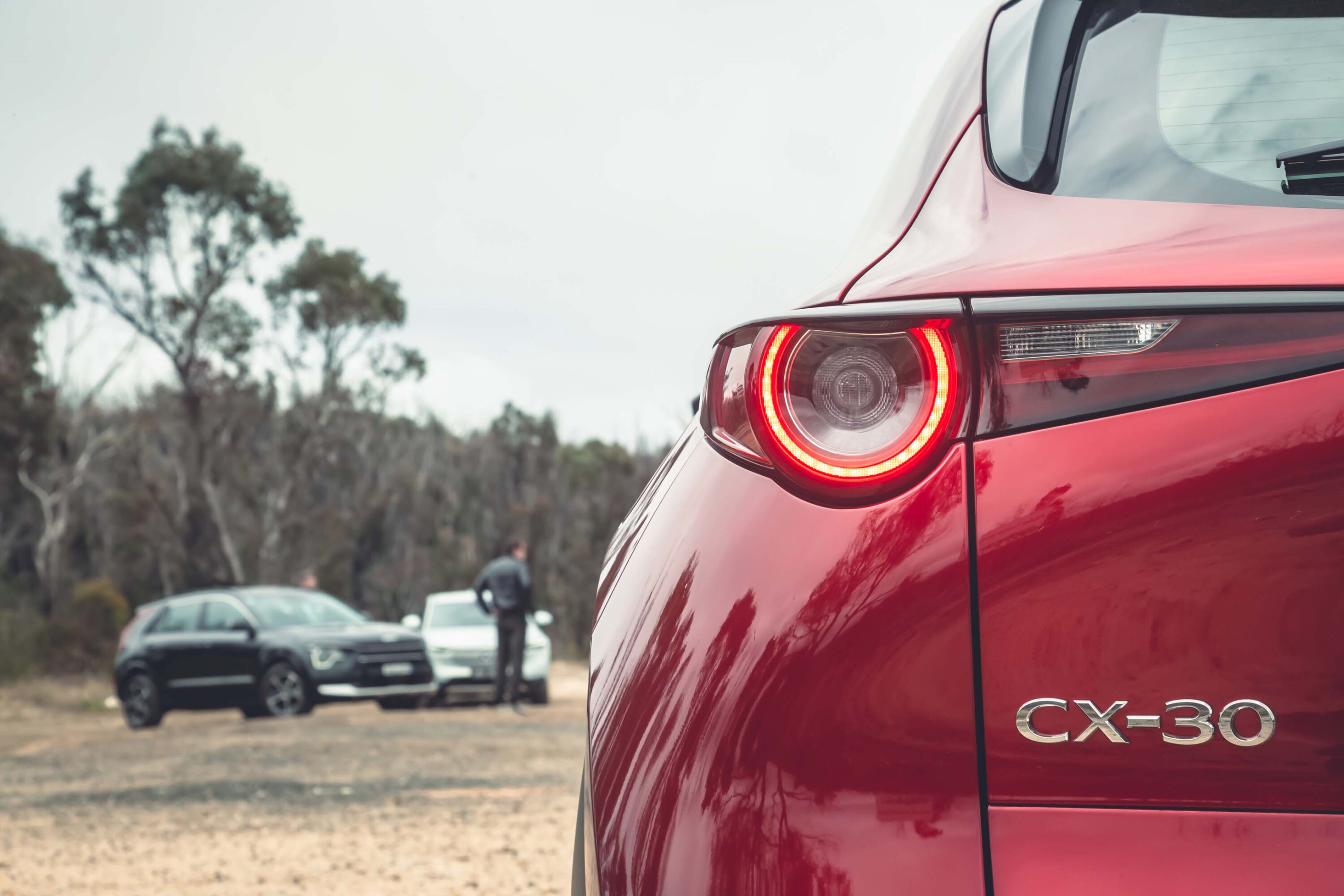
Importantly, the more you drive and the longer you hang onto it, the more financial sense the electric car makes. It’s especially beneficial for company fleets and long-distance drivers.
Similarly, if you can utilise free solar energy generation, then the sums will favour the EV even more.
The silver lining is, as the cost of EVs come down (and they quickly are), the economics of ownership tips further in their favour. Are we at the tipping point where EVs are more financially feasible than combustion-powered cars yet?
Almost. But, it’s not as far away as you’d think with more affordable models already landing – such as the BYD Dolphin, MG 4 and GWM Ora – which match the price of a top-spec Toyota Corolla, Hyundai i30 and Mazda 3. Landmark government policy is also on the horizon to further boost supply and choice.
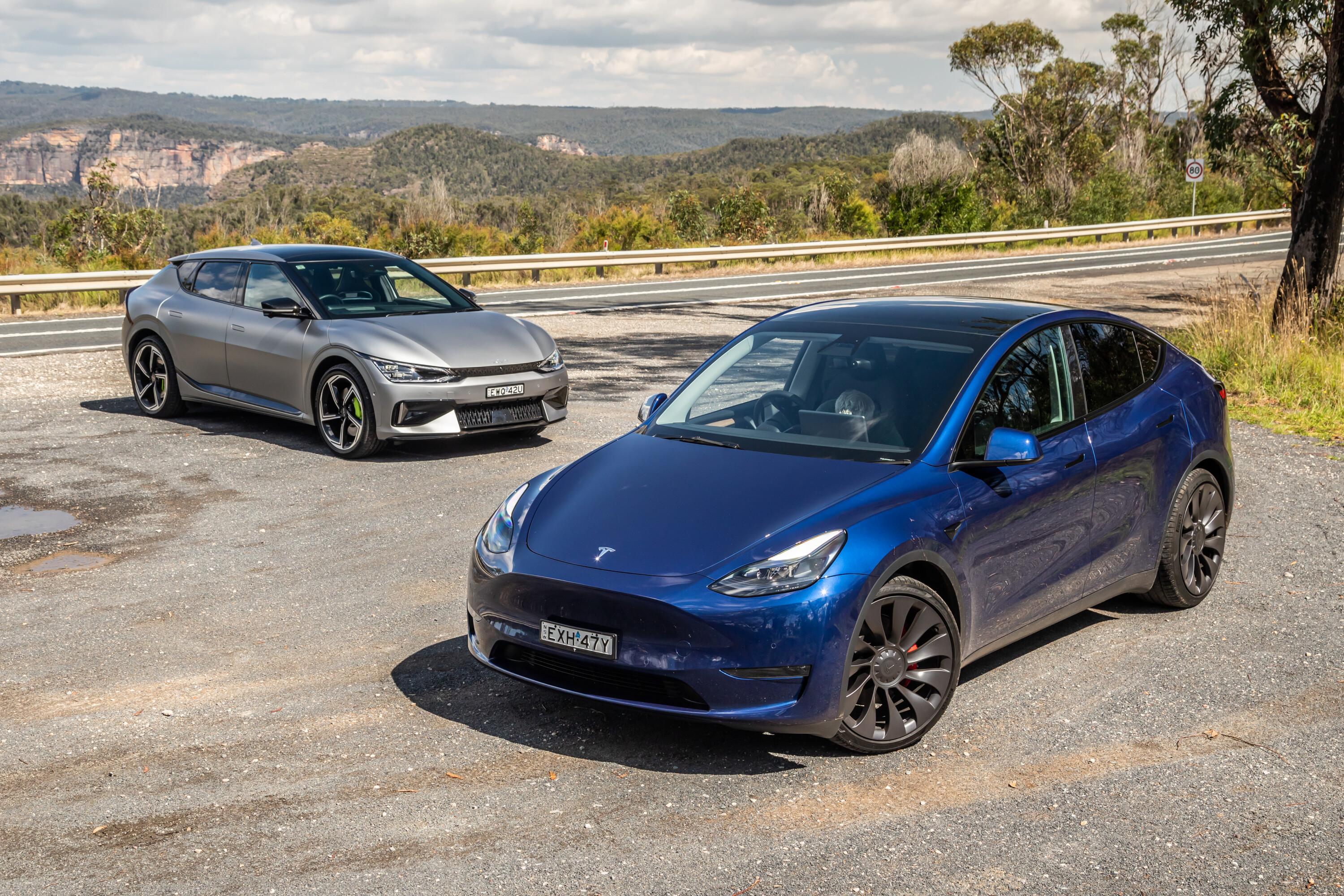
? Other EV concerns
We’ve focused on the financial rationale behind whether an electric car makes sense, but there are other ancillary issues that will dictate whether an EV is the right choice for you.
These things will largely depend on your personal situation – for some they won’t be a problem, but for others they may be a deal-breaker. Click on the featured article links below to find out more.
? Battery longevity
EV batteries are designed to last more than a decade and for the life of the vehicle. Degradation is inevitable, but it won’t become a major impediment for most Australians’ daily driving needs, as long as owners follow best-practice charging recommendations.
? Not enough public chargers
Yes, there aren’t enough that are also always reliable. However, the best charger is at home and public infrastructure is rarely needed, unless on a long-distance road trip, as highlighted by an EV rideshare driver.
⚡️ Can’t plug in at home
If living in an apartment or don’t have private off-street parking, it could be the key dealbreaker for buying an EV (for now). It’s best to discuss with your apartment’s body corporate, owners and other stakeholders to at least install and/or access a standard domestic socket.
⏱️ Charging time
It usually takes several nights to completely recharge an EV from an ordinary home plug, which isn’t an issue when it’s filling up overnight. As for public charging, it typically takes 30 minutes, which is a needed rest break from a long drive.
?️ Less driving range
How far do you really need to drive every day? All new EVs are capable of far more than the average daily Australian commute on a single charge. If you’re a regular long-distance driver, a traditional hybrid or plug-in hybrid would suit better as an alternative to diesel power.
? Sustainability concerns
EVs currently have a higher carbon footprint from the factory due to battery raw materials, but are ultimately still more eco-friendly than traditional combustion-engined vehicles overall, even when charged off coal-fired electricity.
? Model choice
There’s fewer electric car options and many with unfamiliar nameplates, but more models from different brands are consistently landing in Australia.
? Taxes are inevitable
Victoria has already imposed an EV tax and some other states plan to follow, in order to compensate for lost tax income through reduced consumption of fuels.
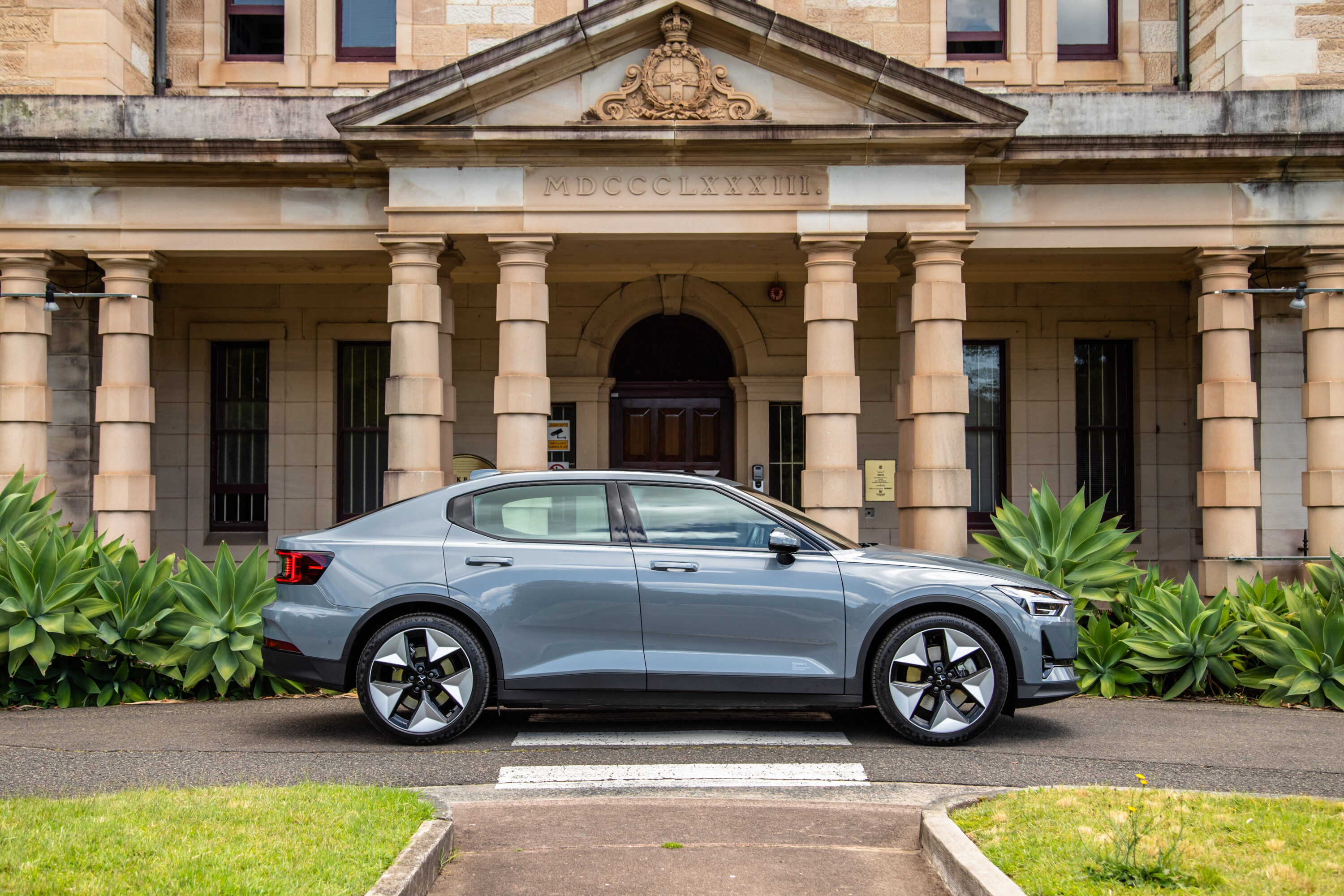
? Is it time to make the electric switch?
As we’ve highlighted above, making the electric switch isn’t yet as simple as it should be.
Yes, it’s cheaper to run and own an EV – but you’ll also need to consider whether you can charge at home (the ideal method), how much range you really need, and whether you can afford to buy an electric car (or be prepared to make vehicle size compromises).
Importantly, do electric models today suit your needs and wants from a design, practicality, technology, and capability perspective?
For some, it’s a no-brainer switch to immediately cut ties with the fuel pump; for others, a traditional hybrid or plug-in hybrid vehicle might be the more sensible stopgap alternative to a pure petrol or diesel car.
After all, a car is just to get from A to B. Why not avoid emitting harmful exhaust fumes, owning a simply easier-to-drive car, and save money in the process – if you can?
Wheels Media thanks Tony O’Kane for the original version of this story.
We recommend
-
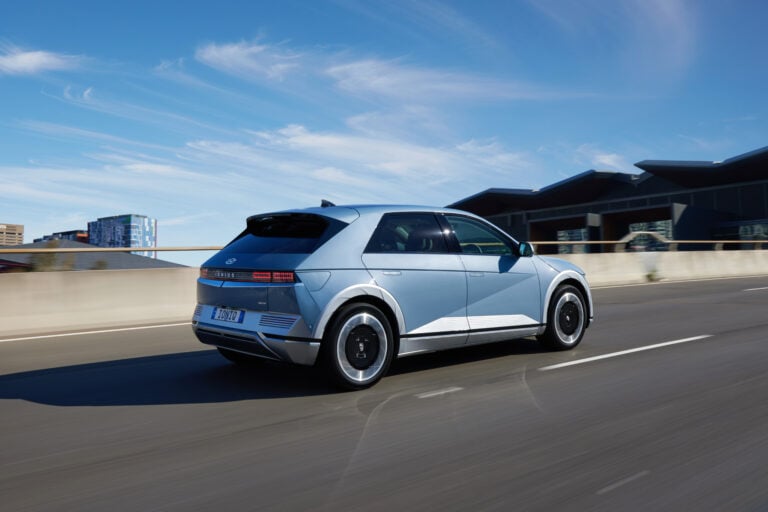 Features
FeaturesEV Guide: Australian electric vehicle incentives by state
Here’s what your State or Territory is doing to encourage the take-up of EVs. Is it enough?
-
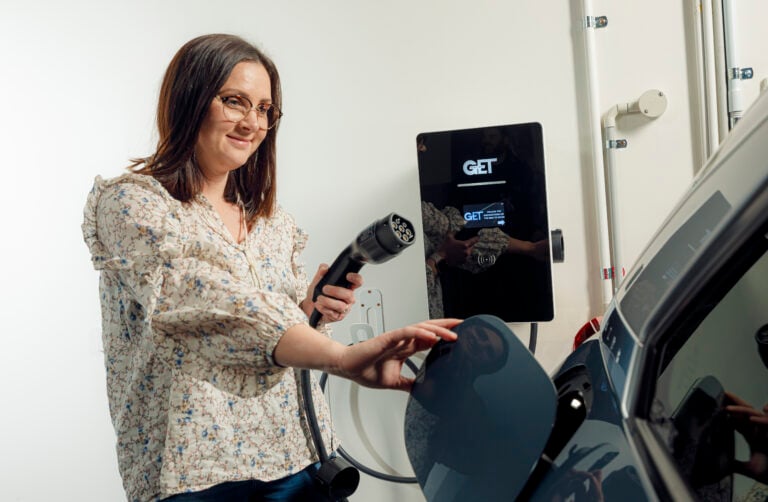 Advice
AdviceEV Charging Explained: Home & public charging, speed & plugs
Sponsored by GET Electric, this is a go-to guide to understand charging an EV at home or on the road
-
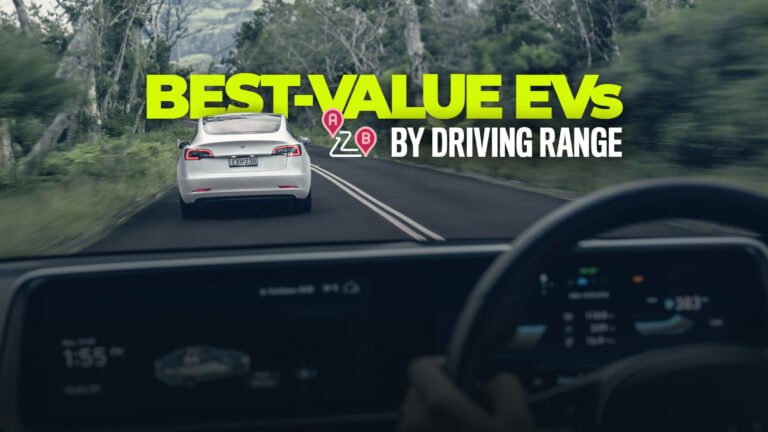 Advice
AdviceAustralia’s best-value electric cars by driving range
Which new EVs give you the best value for how far they'll go on a single charge? We break down the numbers



